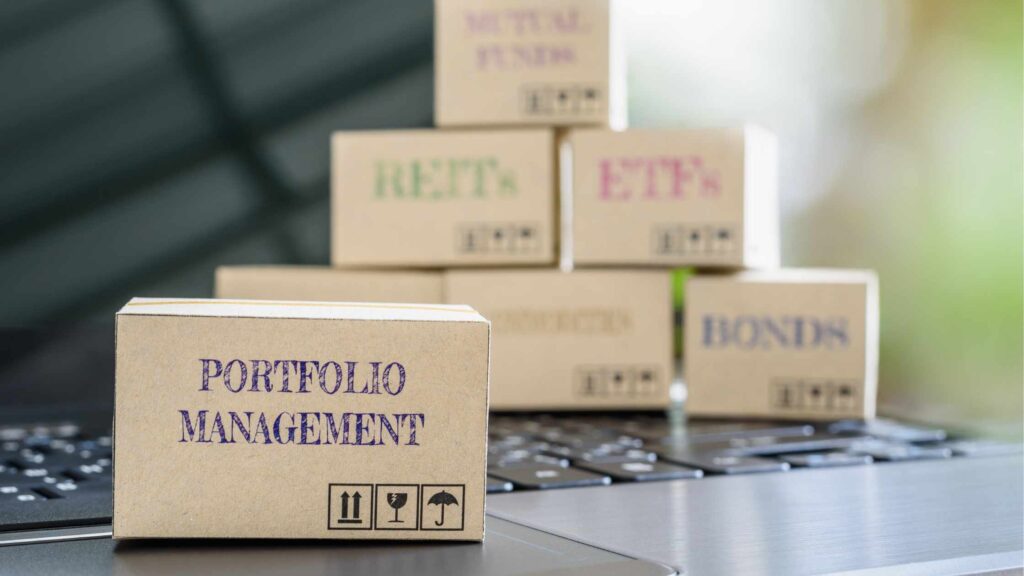Introduction
In today’s complex and ever-changing investment landscape, diversification is key to building a strong and resilient portfolio. While traditional asset classes such as stocks and bonds are widely known, commodities play a vital role in diversifying and enhancing investment strategies. This article delves into the role of commodities in a diversified portfolio and highlights their benefits.
Understanding Commodities
Commodities are tangible goods that can be bought and sold, typically in large quantities. They are categorized into four main groups: energy, metals, agriculture, and livestock. Examples of commodities include crude oil, gold, wheat, and livestock such as cattle and hogs. These items have inherent value and are traded on various commodity exchanges worldwide.
Diversification and Risk Management
Diversification is a strategy that helps reduce risk by spreading investments across different asset classes. Including commodities in a diversified portfolio can further enhance risk management. Commodities often have a low correlation with traditional asset classes like stocks and bonds. This means that their prices may move independently, providing the potential for added stability and decreased volatility. By adding commodities to a portfolio, investors can potentially reduce overall risk without sacrificing potential returns.
Inflation Hedge
Commodities have historically served as a valuable hedge against inflation. When inflation rises, the prices of goods and services increase, leading to a decline in the purchasing power of money. However, the value of commodities typically rises during inflationary periods. For example, during times of high inflation, the price of crude oil might surge due to increased demand and declining value of the currency. Investing in commodities can help protect against the negative effects of inflation and preserve the real value of investments.
Portfolio Optimization
Including commodities in a well-diversified portfolio can improve its performance and enhance overall returns. Commodities can offer unique risk and return characteristics compared to traditional asset classes. This diversification can potentially lower the risk of the portfolio, increase returns, and improve the risk-adjusted performance. For investors seeking to optimize their portfolios, incorporating commodities can provide a distinct advantage.
Accessing Commodities
Investing in commodities can be done through various avenues. Some investors prefer direct commodity exposure through futures contracts, options, or physical ownership. However, these approaches may require specialized knowledge and expertise. For novice investors, exchange-traded funds (ETFs) and mutual funds offer a convenient and accessible way to gain exposure to commodities. These funds pool investors’ money to invest in a diversified portfolio of commodities, making it easier for individuals to participate in the commodity markets.
Risks and Considerations
While commodities offer numerous benefits, it’s important to understand the associated risks and considerations. Commodity prices can be volatile, influenced by factors such as geopolitical events, weather conditions, and global supply and demand dynamics. Additionally, commodity investments may involve additional costs such as storage, transportation, and insurance. Investors should carefully assess their risk tolerance and investment objectives before allocating a portion of their portfolio to commodities.
Summary
Commodities play a vital role in a well-diversified portfolio, offering benefits such as risk management, inflation hedging, and portfolio optimization. Their low correlation with traditional asset classes provides stability and potential for improved risk-adjusted returns. By including commodities, investors can achieve greater diversification and potentially enhance their investment strategies. Whether through direct ownership or through ETFs and mutual funds, commodities should be considered as a valuable component of a diversified portfolio.







